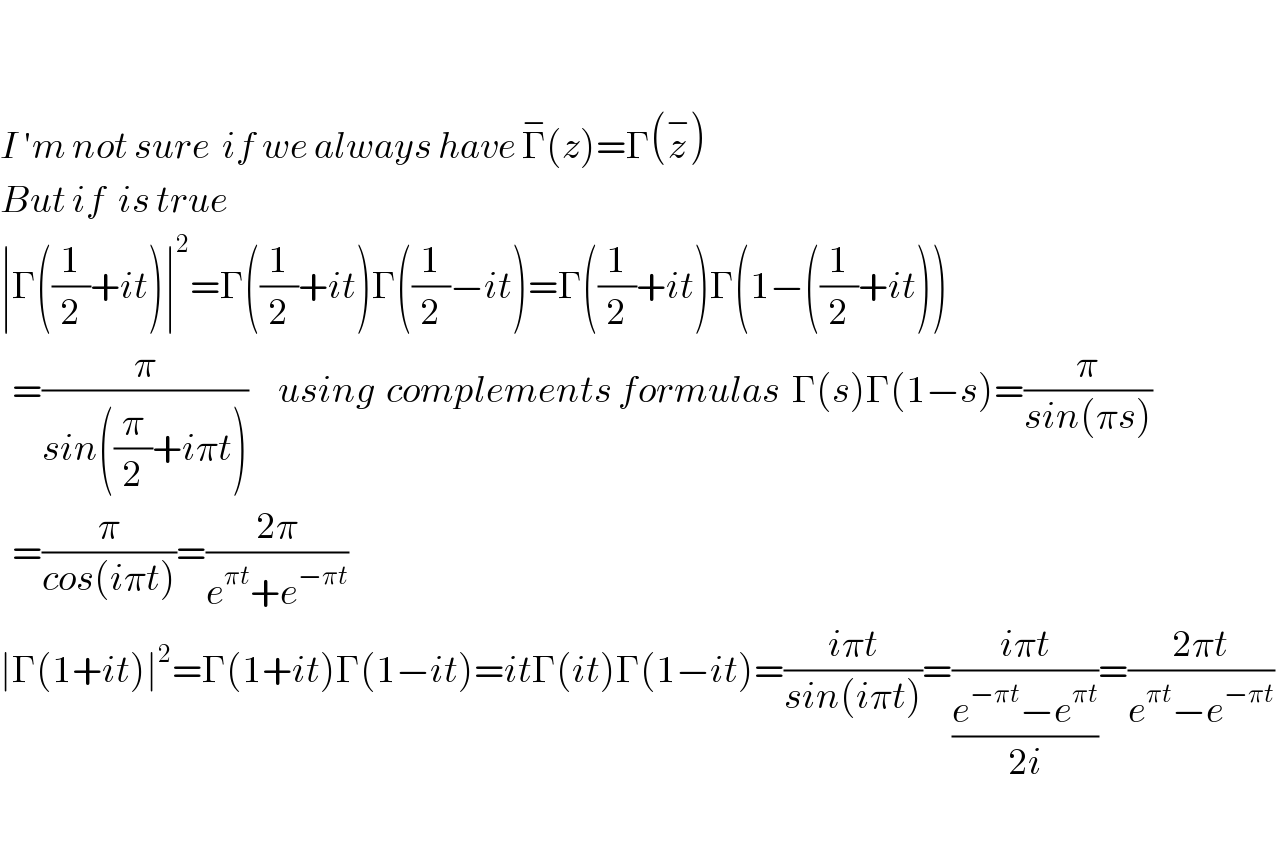
Question and Answers Forum
Previous in Relation and Functions Next in Relation and Functions
Question Number 67540 by mathmax by abdo last updated on 28/Aug/19

Commented by ~ À ® @ 237 ~ last updated on 28/Aug/19

Commented by mathmax by abdo last updated on 29/Aug/19

